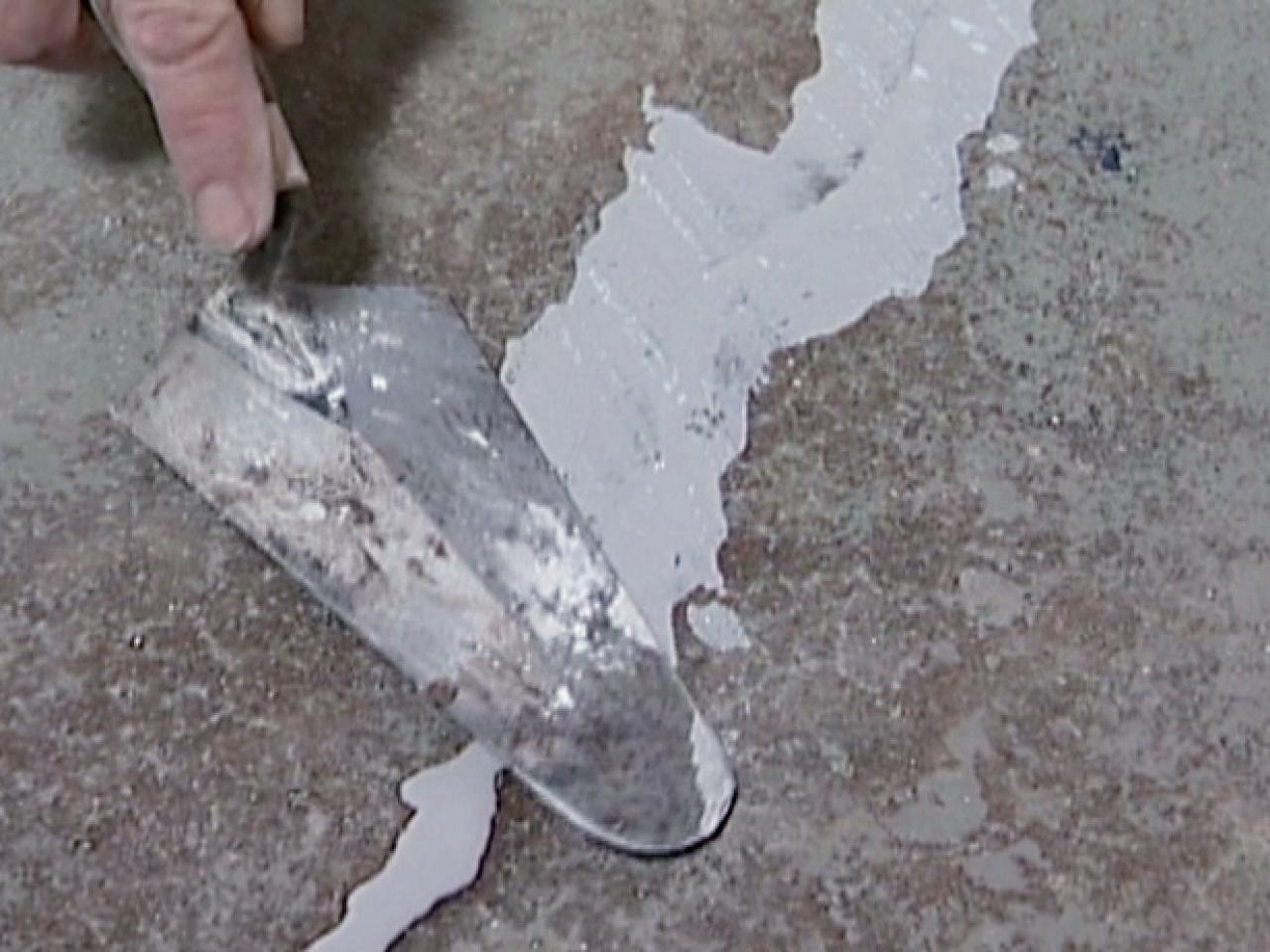Cracks Serials And Keygens

This means that many people turn to the IDM crack version. As you can see, Internet Download Manager serial key is an incredibly powerful tool. And if you are looking for a crack for IDM, the latest serial key free download version 6.30 is a brilliant and powerful tool that can be used by anyone. Last 20 referers: keys.cracks.me.uk www.google.com: Last queries: driver booster driver booster 6 hot pursuit limited edition hot pursuit limited edicao Ad aware game. Crack - Patch - Serial - Keygen The order isn't random. You'll see more cracks and patches then you will keygens or serials.
A key generator, often shortened to 'keygen,' is a program that creates unique, working product keys for software programs and operating systems.
Most software programs require a product key or some other kind of installation code before you can use the program, so having a tool that actually creates them would no doubt save you lots of money, especially if you've already paid for the program but lost the installation code.
Keygens go by many names, including 'product key generators,' 'CD key creators,' 'license key generators,' etc. No matter the name, all key generators create free, unique product keys for various software programs, video games, etc.
Unfortunately, like with most free things, there's a catch.
Is a Key Generator (Keygen) a Good Way to Get a CD Key?

The short answer: absolutely not. A keygen is not a good way to get create that installation key you need for your software or operating system.
A key generator may create a product key that your software will accept, but it will not find your product key.
Product keys created by key generators are not legal installation keys. The only legal way to obtain a product key is by purchasing the software yourself or by contacting the software maker directly to obtain a key.
No matter which key generator you might use, or where you download it from, using a product key other than the unique one that comes with an individual, legally purchased copy of a software title is illegal. Using a product key not issued by the software developer is certainly a violation of the agreement you make when you use the software.
Requiring a valid, unique product key is a software company's way of ensuring that each copy of their program is used only once and that each customer is paying for each copy used.
How Does a Key Generator Work?
The key generators you find online work similarly to the back-end tools that software makers use to generate legitimate product keys via a proprietary algorithm.
What a keygen creator has done to make a program that duplicates this proprietary software is either a) steal this software from the company, or b) reverse engineer the algorithm using a collection of valid product keys that he or she has obtained, probably illegally.
Sometimes, depending on the complexity of the program, the keygen comes packaged with one or more DLL or EXE files with the intention that they're written over the legitimate, original files so that the keygen will work properly.
Regardless of how, the end result is the same — key generators are not a legal, or ethical (in my opinion), a way of obtaining a key code to use for installing a piece of software.
What's a Quick Way to Find a Lost Product Key?
If you have a legal copy of a program that you've already entered a valid CD key into, but you've just lost the key, try a free product key finder program to locate the product key from your currently installed copy of the program.
This is a perfectly legal method of obtaining a product key because it's the same one you purchased when you first installed the program.
I mean, I always was wondered about how the hell somebody can develop algorithms to break/cheat the constraints of legal use in many shareware programs out there.
Just for curiosity.
8 Answers
Apart from being illegal, it's a very complex task.
Speaking just at a teoretical level the common way is to disassemble the program to crack and try to find where the key or the serialcode is checked.
Easier said than done since any serious protection scheme will check values in multiple places and also will derive critical information from the serial key for later use so that when you think you guessed it, the program will crash.
To create a crack you have to identify all the points where a check is done and modify the assembly code appropriately (often inverting a conditional jump or storing costants into memory locations).
To create a keygen you have to understand the algorithm and write a program to re-do the exact same calculation (I remember an old version of MS Office whose serial had a very simple rule, the sum of the digit should have been a multiple of 7, so writing the keygen was rather trivial).
Both activities requires you to follow the execution of the application into a debugger and try to figure out what's happening. And you need to know the low level API of your Operating System.
Some heavily protected application have the code encrypted so that the file can't be disassembled. Fusion 360 free for hobbyists. It is decrypted when loaded into memory but then they refuse to start if they detect that an in-memory debugger has started,
In essence it's something that requires a very deep knowledge, ingenuity and a lot of time! Oh, did I mention that is illegal in most countries?
If you want to know more, Google for the +ORC Cracking Tutorials they are very old and probably useless nowdays but will give you a good idea of what it means.
Anyway, a very good reason to know all this is if you want to write your own protection scheme.

The bad guys search for the key-check code using a disassembler. This is relative easy if you know how to do this.
Afterwards you translate the key-checking code to C or another language (this step is optional). Reversing the process of key-checking gives you a key-generator.
If you know assembler it takes roughly a weekend to learn how to do this. I've done it just some years ago (never released anything though. It was just research for my game-development job. To write a hard to crack key you have to understand how people approach cracking).
Nils's post deals with key generators. For cracks, usually you find a branch point and invert (or remove the condition) the logic. For example, you'll test to see if the software is registered, and the test may return zero if so, and then jump accordingly. You can change the 'jump if equals zero (je)' to 'jump if not-equals zero (jne)' by modifying a single byte. Or you can write no-operations over various portions of the code that do things that you don't want to do.
Compiled programs can be disassembled and with enough time, determined people can develop binary patches. A crack is simply a binary patch to get the program to behave differently.
First, most copy-protection schemes aren't terribly well advanced, which is why you don't see a lot of people rolling their own these days.
There are a few methods used to do this. You can step through the code in a debugger, which does generally require a decent knowledge of assembly. Using that you can get an idea of where in the program copy protection/keygen methods are called. With that, you can use a disassembler like IDA Pro to analyze the code more closely and try to understand what is going on, and how you can bypass it. I've cracked time-limited Betas before by inserting NOOP instructions over the date-check.
Cracks Hacks Serials And Keygens
It really just comes down to a good understanding of software and a basic understanding of assembly. Hak5 did a two-part series on the first two episodes this season on kind of the basics of reverse engineering and cracking. It's really basic, but it's probably exactly what you're looking for.
A would-be cracker disassembles the program and looks for the 'copy protection' bits, specifically for the algorithm that determines if a serial number is valid. From that code, you can often see what pattern of bits is required to unlock the functionality, and then write a generator to create numbers with those patterns.
Another alternative is to look for functions that return 'true' if the serial number is valid and 'false' if it's not, then develop a binary patch so that the function always returns 'true'.
Everything else is largely a variant on those two ideas. Copy protection is always breakable by definition - at some point you have to end up with executable code or the processor couldn't run it.
The serial number you can just extract the algorithm and start throwing 'Guesses' at it and look for a positive response. Computers are powerful, usually only takes a little while before it starts spitting out hits.
As for hacking, I used to be able to step through programs at a high level and look for a point where it stopped working. Then you go back to the last 'Call' that succeeded and step into it, then repeat. Back then, the copy protection was usually writing to the disk and seeing if a subsequent read succeeded (If so, the copy protection failed because they used to burn part of the floppy with a laser so it couldn't be written to).
Then it was just a matter of finding the right call and hardcoding the correct return value from that call.
I'm sure it's still similar, but they go through a lot of effort to hide the location of the call. Last one I tried I gave up because it kept loading code over the code I was single-stepping through, and I'm sure it's gotten lots more complicated since then.
I wonder why they don't just distribute personalized binaries, where the name of the owner is stored somewhere (encrypted and obfuscated) in the binary or better distributed over the whole binary. AFAIK Apple is doing this with the Music files from the iTunes store, however there it's far too easy, to remove the name from the files.
I assume each crack is different, but I would guess in most cases somebody spendsa lot of time in the debugger tracing the application in question.
Serials And Keys
The serial generator takes that one step further by analyzing the algorithm thatchecks the serial number for validity and reverse engineers it.